Analysis: Mazda And The Perils Of Being Premium
If you were to read certain outlets, you may have the mistaken impression that Mazda is making a move upmarket. More than one industry gadfly took Mazda CEO Takashi Yamanouchi’s assertion that he wants to see Mazda become a “premium” brand as evidence of managerial incompetence. How could the world’s last independent auto maker have the gall to gun for the Germans and upscale Japanese marques when they are currently a bit player in the global auto sector?
The first and most obvious answer is that Yamanouchi’s words were taken out of context. Nowhere did Yamanouchi say anything about a move upmarket. Mazda won’t even be positioning itself as such in their marketing campaigns.
If that isn’t explicit enough, here’s Yamanouchi’s own words on the “premium” shift, while speaking to Automotive News.
“That’s how we aim to be like a premium…Broadly speaking, it is not to rely on discounts but to have consumers appreciate the value of the product.”
What Yamanouchi did state is that he is aiming for sales of 400,000 units by the end of March, 2016 – a 43 percent boost for Mazda in its biggest market. Mazda is looking to do that by going in the direction that every “car guy” would appreciate – making their cars more involving to drive, with better interiors, distinctive styling and eschewing hybrid technology in favor of diesels and efficient gasoline engines.
That may sound elementary for most Monday Morning Auto Execs, but Mazda is in a unique position, as the last independent mainstream auto maker. Their global sales volume rests somewhere around 1.3 million units – Honda, another relatively small player, sold 1.4 million vehicles in the United States alone in 2012. If you believe Sergio Marchionne’s insistence that 6 million units annually is the minimum scale needed to survive in the current marketplace, then Mazda’s prospects look dim.
On the other hand, being small allows Mazda the kind of autonomy that’s not possible within the context of an auto conglomerate; previous Mazda products, as good as they were, were compromised due to having to share a platform with Ford vehicles. This manifested itself less in the overall quality of the car and more in certain engineering and manufacturing decisions, such as the design of the chassis to accommodate powertrains that were employed across the entire Ford Group. Added weight and a more complex and expensive manufacturing process were two negatives that resulted from this arrangement.
The current generation of Mazda shares nothing with any Ford product; the new Mazda6 rides on an all-new scalable platform made for C and D-segment cars as well as SUVs and crossovers in that size class. That means that the CX-5, the Mazda6, next-gen Mazda3 and whatever replaces the Ford-based CX-9 will all ride on the same architecture. And while driving impressions of the Mazda6 are embargoed until Monday, the CX-5’s excellent driving dynamics and up-to-date suite of both passive and active safety features are positive signs for Mazda as far as the viability of their future product is concerned.
In other segments, Mazda has been astute with forging alliances to help ease the burdens that come with being a smaller player; the next MX-5 will be built in association with Fiat, while their B-segment car will be built alongside Toyota at their new Mexican factory. Interestingly, the Toyota vehicle will be derived from the Mazda2, another Mazda vehicle that has garnered significant attention from the enthusiast media but sold poorly. Meanwhile, Toyota’s own Yaris has neither sold well nor been warmly received by the automotive press.
So far, Mazda’s key mis-step has been with the marketing of their Skyactv technologies; at the Mazda6 press briefing, engineers went on a labored and detailed explanation of what Skyactiv really is – a way of engineering cars to be lighter and more efficient without sacrificing driving dynamics. Unfortunately, the message is beyond muddled and the moniker is so dumb that it could have only been cooked up in a boardroom in Japan. If a cadre of die-hard car types needed a lengthy lecture on Skyactiv, one can only imagine how unpleasant it must be to explain to dealers or consumers.
As far as Mazda’s “premium” push is concerned, the CX-5 is a promising start, but the Mazda6, which serves as the brand’s flagship product, will be the real test, competing in what might be the most competitive segment in America’s auto market. But you’ll have to check back Monday for TTAC’s take.
More by Derek Kreindler
Latest Car Reviews
Read moreLatest Product Reviews
Read moreRecent Comments
- Bd2 Dark Brandon is doing a great job for the US. I hope he can run for a third term.
- Dave M. My hipster daughter is greatly into it. We watched the race together this weekend. It was interesting but I'm not devoted to it like she is. She'll be at the Austin race in October.
- Bd2 If I had time to watch other people driving, then I would go for LMP.
- Steve Biro There are 24 races on this year’s F1 schedule. And I guarantee you no more than two will be reasonably exciting, Meanwhile, F1’s reception for Andretti reveals the dark underbelly of the sport. I have followed F1 since the 1960s and, frankly, I am running out of interest. I’ll catch a race if it’s convenient but won’t bother DVRing them.
- YellowDuck Been watching since the 80s, seriously since the 90s once we had reliable TV coverage. I'm in Canada though. Hey, and don't forget that the Interlagos race is also in a convenient time zone, as is Mexico. So that's 5 races in the Americas. Absolutely love it, but it takes a bit more interest in the technical / strategic side of things to really appreciate it. It's not just going fast in circles until someone crashes into someone else, while drunk people watch. The US can be proud of what it has contributed - Austin is one of the best tracks on the calendar, Vegas turned out to be much better than anyone could have hoped, and even Miami - a real Indy car-style track - produced a good race this year.

















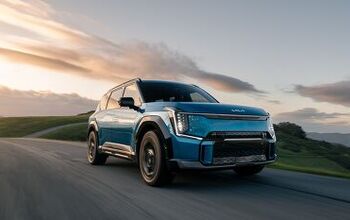
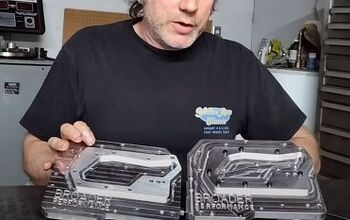
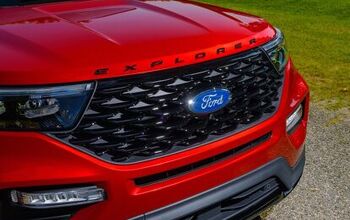




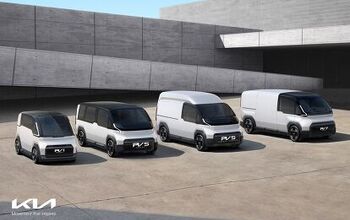
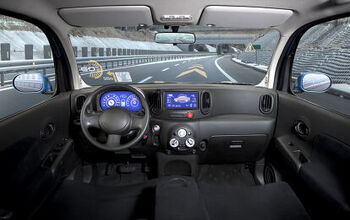





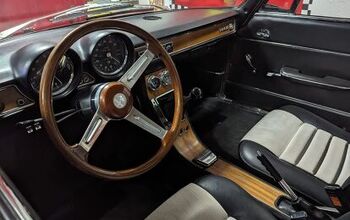


Comments
Join the conversation
I can't really add much to the discussion other than to root for and advocate the plucky maker of cars with soul. Their ad campaign of "if it's not worth driving, it's not worth building" really got my heart going. My biggest fear now is that their Achilles heal will no longer be engineering based (crude engine tech, poor fuel economy, low feature content, etc) but marketing. As stated earlier in the comments, being engineering driven makes for a special product, but it's marketing that makes people want that product. It's also marketing that works on packaging the product in a way that people will want it. Give your base the manual they want in all trim levels! It's true, the next generation of drivers seem to be less interested in driving. Mazda, do whatever it takes to win over those who do care.
You can build one on the Mazda USA site. Manual trans only available on the base model. Zoom-zoom indeed.